Introduction
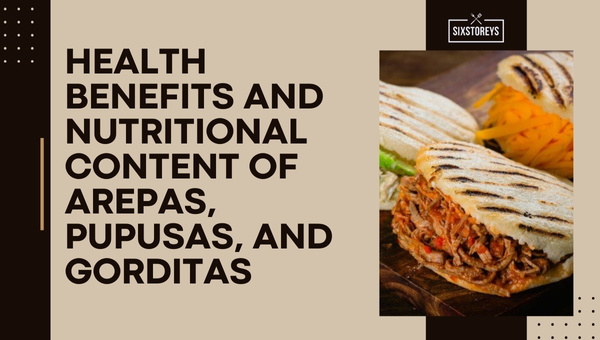
Latin American cuisine is known for its bold flavors, vibrant colors, and diverse culinary traditions. In this mouthwatering showdown, we delve into the world of Pupusas and Arepas – two iconic dishes that have captured the hearts of food lovers around the globe. Pupusas, a Salvadoran staple, are delicious stuffed corn tortillas, while Arepas, beloved in Colombia and Venezuela, are thick, round cornmeal patties. Both dishes have a rich cultural significance and offer a unique gastronomic experience. Join us as we explore the origins, ingredients, cooking methods, and flavors of these delightful Latin American delicacies.
What Are Pupusas And Arepas?
Pupusas and arepas are two iconic Latin American dishes that have gained popularity worldwide. Pupusas are traditional Salvadoran stuffed corn tortillas. These thick and round delicacies are made by filling the corn tortillas with a variety of ingredients such as cheese, beans, pork, or vegetables. Arepas, on the other hand, are thick cornmeal patties originating from Colombia and Venezuela. They are cooked on a griddle until crispy and can be served split and filled with various ingredients like cheese, meat, or avocado. Pupusas and arepas offer a unique culinary experience with their flavorful fillings and textures.
Origin And Cultural Significance
Arepas and pupusas have deep roots in indigenous cultures and culinary traditions of Latin America. Arepas can be traced back to the pre-Columbian era when indigenous people from Colombia and Venezuela created these corn-based delicacies. These dishes have become an integral part of the local cuisine, representing cultural diversity and regional identity. Pupusas, on the other hand, are deeply rooted in Salvadoran history and are considered a national dish. They are not only a delicious food but also a symbol of Salvadoran heritage and a representation of community and family. The cultural significance of these dishes goes beyond their taste, encapsulating the rich history and traditions of Latin America.
Pupusas: Salvadoran Staple
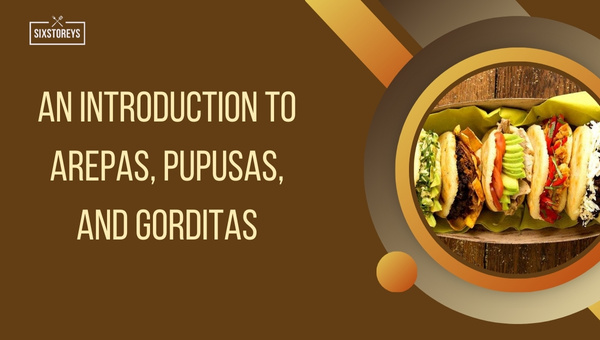
Pupusas are considered a staple in Salvadoran cuisine, representing the heart and soul of traditional Salvadoran food. These thick, handmade corn tortillas are filled with a variety of delicious ingredients such as cheese, beans, pork, and vegetables. Pupusas are a symbol of community and family, often enjoyed during gatherings and celebrations. They are cooked on a griddle until crisp on the outside and soft on the inside, creating a mouthwatering combination of textures. Pupusas have become an iconic dish in El Salvador, showcasing the rich culinary heritage and cultural identity of the country.
Pupusas Ingredients And Traditional Fillings
Pupusas are made from a simple dough consisting of masa harina (corn flour), water, and salt. The dough is mixed until smooth and pliable, then formed into small discs. The traditional fillings for pupusas include cheese, refried beans, and chicharron (fried pork). Other popular variations include loroco (a Central American flower bud) and ayote (squash). The fillings are placed in the center of the pupusa dough, then folded and sealed before being cooked on a griddle. Pupusas are often served with a side of curtido, a tangy and crunchy slaw made from fermented cabbage, carrots, and onions. The combination of the soft, cheesy filling and the crispy exterior makes pupusas a truly delectable Salvadoran delicacy.
How To Make And Serve Pupusas
To make pupusas, start by mixing masa harina (corn flour), water, and salt in a bowl until a smooth and pliable dough is formed. Divide the dough into small balls and flatten them into discs. Then, add your desired filling, such as cheese, refried beans, or chicharron, in the center of each disc. Fold the dough over the filling and seal the edges, forming a stuffed pancake. Finally, cook the pupusas on a hot griddle until they are golden brown and crispy on the outside.
Pupusas are traditionally served hot and accompanied by curtido, a tangy and crunchy slaw made from fermented cabbage, carrots, and onions. Enjoy these delicious Salvadoran treats by topping them with salsa and a dollop of cream!
Arepas: Colombian And Venezuelan Favorite
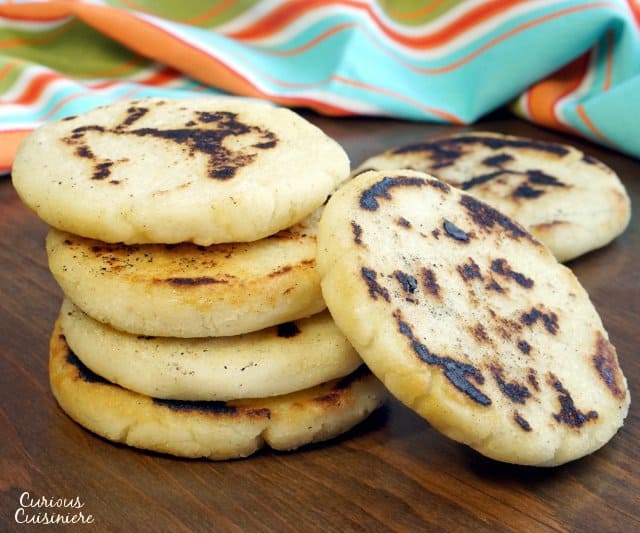
Arepas are a beloved staple in both Colombian and Venezuelan cuisines. These delicious cornmeal patties are enjoyed by locals and visitors alike. In Colombia, arepas are often enjoyed as snacks or breakfast foods. They can be stuffed with a variety of fillings such as cheese, meat, or vegetables. In Venezuela, arepas are a popular street food and are often served with delicious fillings such as shredded beef, black beans, or cheese. The versatility of arepas allows for endless possibilities and variations, making them a favorite among both Colombians and Venezuelans. Experience the rich flavors and unique textures of arepas for yourself!
Arepas Ingredients And Varieties
Arepas are made primarily from pre-cooked cornmeal, known as masarepa, which is mixed with water and salt to form a dough. This dough is then shaped into discs and cooked on a griddle or fried until golden brown. Arepas can be enjoyed plain or filled with a variety of ingredients, making them a versatile and customizable dish. Some popular fillings include cheese, shredded beef, chicken, black beans, avocado, and plantains. Additionally, there are different types of arepas based on their size and thickness, such as the traditional white arepas, the smaller arepitas, and the thicker and fluffier arepas de chócolo, made with sweet corn. Get ready to indulge in the delicious world of arepas!
Cooking Methods And Popular Toppings
Arepas can be cooked using different methods, including grilling, baking, or frying. Grilling gives the arepas a smoky flavor, while baking creates a crisp texture. Frying, on the other hand, results in a golden and crunchy crust. As for toppings, the options are endless. Some popular choices include shredded beef, chicken, cheese, avocado, and plantains. Additionally, sauces like guasacaca (an avocado-based sauce) and hogao (a Colombian tomato and onion sauce) are commonly used to enhance the flavors of arepas. Get creative and experiment with different combinations to find your favorite toppings!
Taste Test: Pupusas Vs Arepas

When it comes to a taste test of Pupusas vs Arepas, it’s all about the textures and flavors that these Latin American delicacies offer. Pupusas, with their thick corn tortilla exterior and savory fillings, provide a hearty and satisfying bite. On the other hand, Arepas, with their crispy outer layer and soft interior, offer a delightful combination of textures. Their versatility allows for a wide range of fillings and toppings, adding a burst of flavor to every bite. Whether you prefer the comforting flavors of Pupusas or the crispy goodness of Arepas, both are sure to tantalize your taste buds and leave you craving for more.
Texture, Flavor, And Overall Experience Compared
Pupusas and Arepas offer different textures and flavors that contribute to their unique overall experiences. Pupusas have a thick corn tortilla exterior that provides a slightly chewy texture, while Arepas have a crispy outer layer with a soft and moist interior. In terms of flavor, pupusas are known for their savory fillings, such as cheese, beans, or meat, while arepas have a more neutral taste that allows for a wide range of fillings and toppings. Overall, both delicacies provide a satisfying and delicious experience, but the choice between them ultimately depends on personal preferences.
Regional Preferences And Adaptations
Regional preferences and adaptations play a significant role in the popularity and variety of pupusas and arepas across Latin America. In El Salvador, pupusas are a staple food and are often enjoyed with salsa and curtido, a tangy cabbage slaw. In Colombia, arepas are commonly filled with cheese, avocado, or grilled meat, while in Venezuela, they are often stuffed with black beans, cheese, or shredded chicken. Different regions also have their own unique adaptations, such as adding ingredients like plantains, chorizo, or even seafood. These regional preferences and adaptations showcase the diverse culinary landscape of Latin America and highlight the creativity and versatility of these beloved dishes.
Health And Nutrition
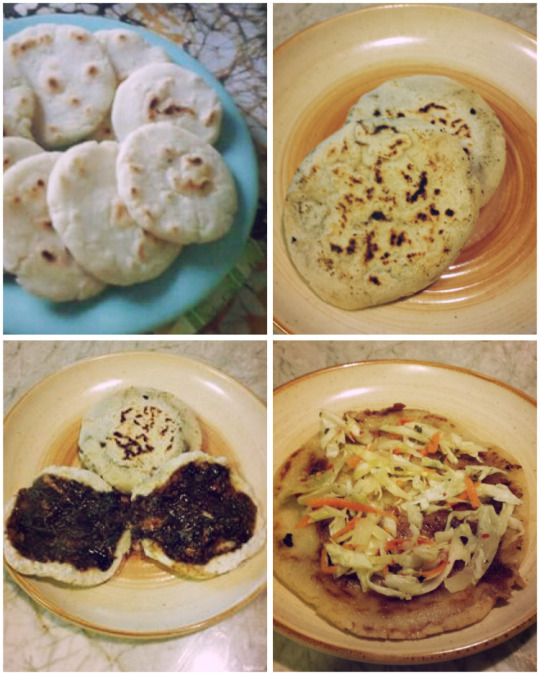
When it comes to health and nutrition, both pupusas and arepas have their own qualities to offer. Pupusas are typically made with corn masa, which is gluten-free and high in fiber. They are often filled with protein-rich ingredients such as cheese, beans, or meat, providing essential nutrients. Arepas, on the other hand, are made with cornmeal, which is also gluten-free and a good source of carbohydrates. They can be filled with a variety of ingredients, including lean meats, vegetables, and avocado, offering a balance of nutrients. Both pupusas and arepas can be enjoyed as part of a well-rounded diet, incorporating a mix of healthy ingredients and flavors. So whether you prefer pupusas or arepas, you can savor their delicious taste while also nourishing your body.
Nutritional Content Of Pupusas And Arepas
Pupusas and arepas both offer nutritional benefits, but their exact nutritional content can vary depending on the ingredients and fillings used. Pupusas made with corn masa are gluten-free and high in fiber. They can be filled with protein-rich ingredients like cheese, beans, or meat, providing essential nutrients. Arepas made with cornmeal are also gluten-free and a good source of carbohydrates. They can be filled with a variety of ingredients including lean meats, vegetables, and avocado, offering a balance of nutrients. Both pupusas and arepas can be enjoyed as part of a well-rounded diet, incorporating a mix of healthy ingredients and flavors.
Comparative Analysis Of Health Benefits
When comparing the health benefits of pupusas and arepas, both dishes offer unique nutritional advantages. Pupusas, made with corn masa, are gluten-free and high in fiber. This promotes good digestion and can help regulate blood sugar levels. Arepas, on the other hand, are also gluten-free and provide a good source of carbohydrates for sustained energy. The nutritional content of both dishes can vary depending on the fillings used, but they can be filled with protein-rich ingredients like beans or lean meats. Incorporating both pupusas and arepas into your diet allows for a balanced intake of nutrients.
Conclusion
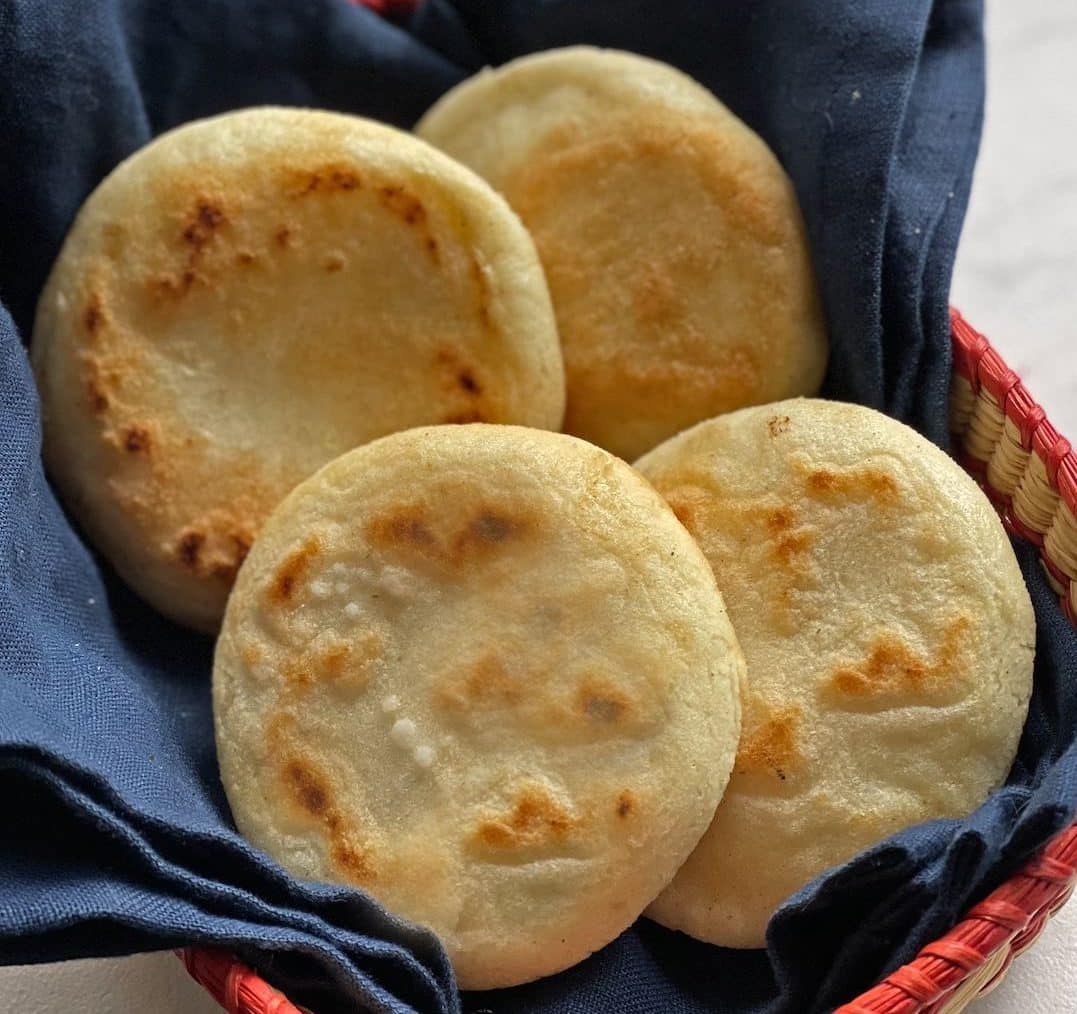
In conclusion, the comparison between pupusas and arepas highlights the rich diversity and cultural significance of Latin American delicacies. Pupusas, a staple in El Salvador, offer a unique taste with their corn masa and traditional fillings. Arepas, favored in Colombia and Venezuela, provide a different culinary experience with their various ingredients and cooking methods. Both dishes have their own distinct textures and flavors, making them a delight to explore. Whether you prefer the pupusas or the arepas, trying both allows for a deeper appreciation of the unique flavors and traditions found in Latin American cuisine. So, don’t hesitate to indulge in these delicious delicacies and explore the culinary wonders they have to offer.
Final Thoughts On Pupusas And Arepas
After exploring the rich flavors and cultural significance of pupusas and arepas, it is clear that both dishes are beloved staples in Latin American cuisine. Pupusas, with their unique fillings and soft pancake-like texture, offer a comforting and satisfying experience. Arepas, on the other hand, with their versatility and various toppings, provide a delightful combination of flavors and textures. Whether you prefer the traditional flavors of pupusas or the versatility of arepas, both dishes showcase the rich culinary heritage of Latin America and are worth trying for a truly authentic and delicious experience.
Recommendations For Trying Both Delicacies
When it comes to trying both pupusas and arepas, there are a few recommendations to keep in mind. Firstly, seek out authentic Latin American restaurants or food stalls that specialize in these dishes to ensure you get the most genuine experience. Secondly, don’t be afraid to try different fillings and toppings to discover your personal favorites. Lastly, consider attending cultural festivals or events that celebrate Latin American cuisine, as they often offer a wide variety of traditional dishes, including pupusas and arepas. So go ahead and embark on a flavorful journey by trying both these delectable delicacies.
FAQ About Pupusas Vs Arepas: Exploring Latin American Delicacies
Q: What are pupusas?
A: Pupusas are a traditional dish from El Salvador made of thick, handmade corn tortillas filled with various ingredients such as cheese, beans, or meat.
Q: What are arepas?
A: Arepas are a staple in Colombian and Venezuelan cuisine. They are round, flat patties made of ground maize dough or cooked flour, similar to a thick tortilla, and can be filled with a variety of ingredients.
Q: What are the main differences between pupusas and arepas?
A: The main difference lies in the ingredients and preparation method. Pupusas are stuffed with fillings before being cooked on a griddle, while arepas are typically cooked first and then split open to add fillings. Pupusas are thicker and have a soft, doughy texture, while arepas are crispier on the outside and softer on the inside.
Q: What are common fillings for pupusas and arepas?
A: Common fillings for pupusas include cheese, beans, chicharrón (pork), and loroco (a vine flower bud). Arepas can be filled with cheese, meats, avocado, eggs, or various sauces like guacamole or salsa.
Q: Are pupusas and arepas gluten-free?
A: Typically, both pupusas and arepas are gluten-free since they are made from cornmeal or maize dough. However, it’s essential to check the ingredients used in the fillings as they may contain gluten.
Q: Which countries are pupusas and arepas from?
A: Pupusas are from El Salvador, while arepas are from Colombia and Venezuela. They are beloved traditional foods in their respective countries and have gained popularity worldwide as well.

Kostas Mediterranean is a family-owned Greek restaurant located in North Vancouver. Our passion for bringing the authentic flavors of Greece to the local community has been the driving force behind our establishment. We take pride in offering a warm and welcoming atmosphere where guests can experience the true essence of Greek hospitality. Our journey began with Kostas, whose culinary skills and love for Greek cuisine inspired the creation of the restaurant. With a desire to share his family recipes and traditions, Kostas set out to create a dining experience that captures the spirit of Greece. The result is a menu that showcases a delightful blend of traditional and modern Greek dishes prepared with the finest and freshest ingredients.